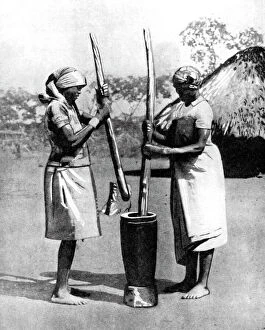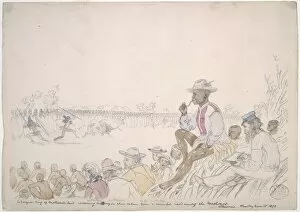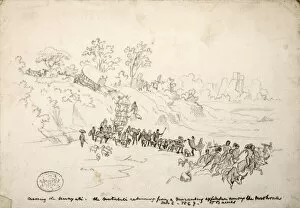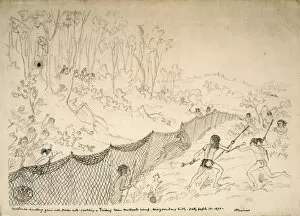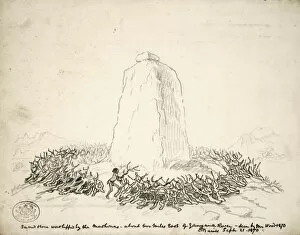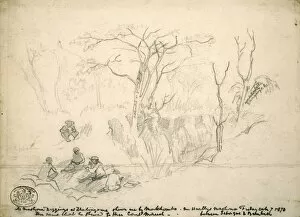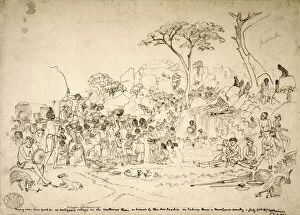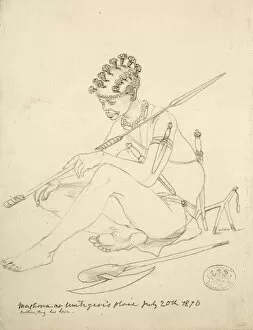Mashona Collection
In the heart of Zimbabwe, Africa, lies a vibrant and resilient community known as the Mashona
For sale as Licensed Images
Choose your image, Select your licence and Download the media
In the heart of Zimbabwe, Africa, lies a vibrant and resilient community known as the Mashona. With a rich history dating back to ancient times, these tribeswomen have played an integral role in shaping the cultural fabric of their land. In 1936, two Mashona tribeswomen were captured in a powerful moment as they pounded maize and millet. Their synchronized movements echoed centuries of tradition passed down from generation to generation. The artist behind this captivating photograph, Wide World Photos, beautifully depicted the strength and unity found within this close-knit society. However, life for the Mashona has not always been peaceful. In 1900, Matabele raids ravaged their homeland in Mashonaland. William Small's creation vividly portrays the chaos and devastation brought upon by these violent encounters. Despite such trials and tribulations, one figure stands tall amidst it all - Lo Bengulu King of Matabeliland. His leadership provided solace during turbulent times and ensured that his people remained united against adversity. The journey across Umnyati-Matabili was treacherous yet necessary for survival. As seen in historical records, crossing this formidable terrain required immense courage and determination from both men and women alike. Hunting served as more than just sustenance for the Mashonas; it represented their deep connection with nature. Through skillful techniques passed down through generations, they honed their abilities to provide for their families while respecting Mother Earth. Amakoondas Mashona village stood as a testament to communal living at its finest - where every member contributed towards building a harmonious society rooted in mutual support and respect. Within this community lay sacred stones worshipped by the Mashonas - symbols of spiritual guidance that connected them with their ancestors' wisdom. These revered artifacts held great significance in daily rituals that celebrated life's blessings while seeking protection from evil spirits. Zhelingome witnessed countless stories unfold within its old Mashona Diggins - a testament to the resourcefulness and resilience of these tribespeople.

